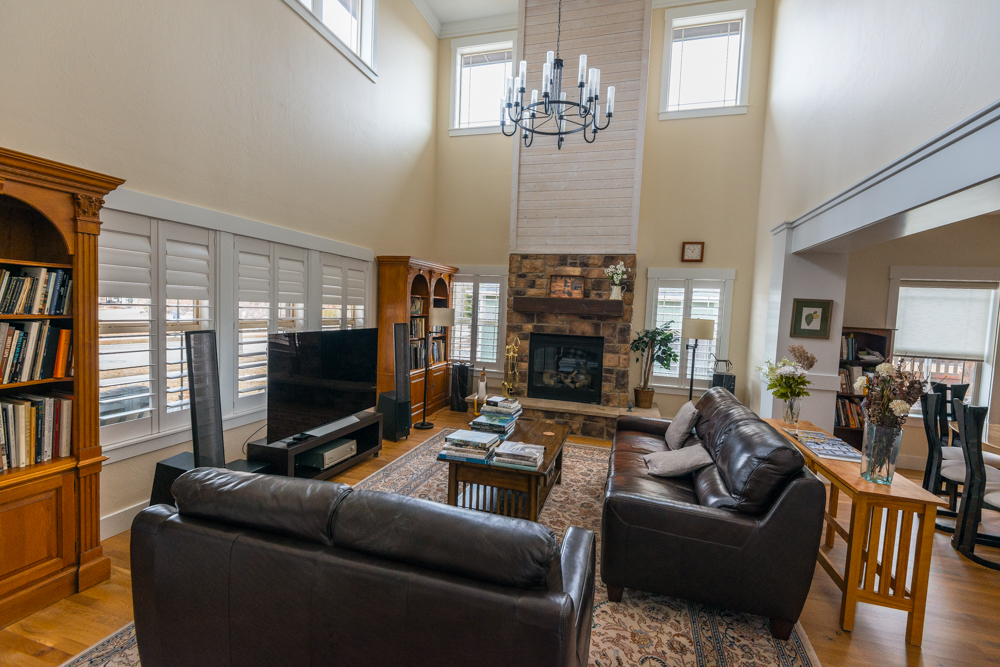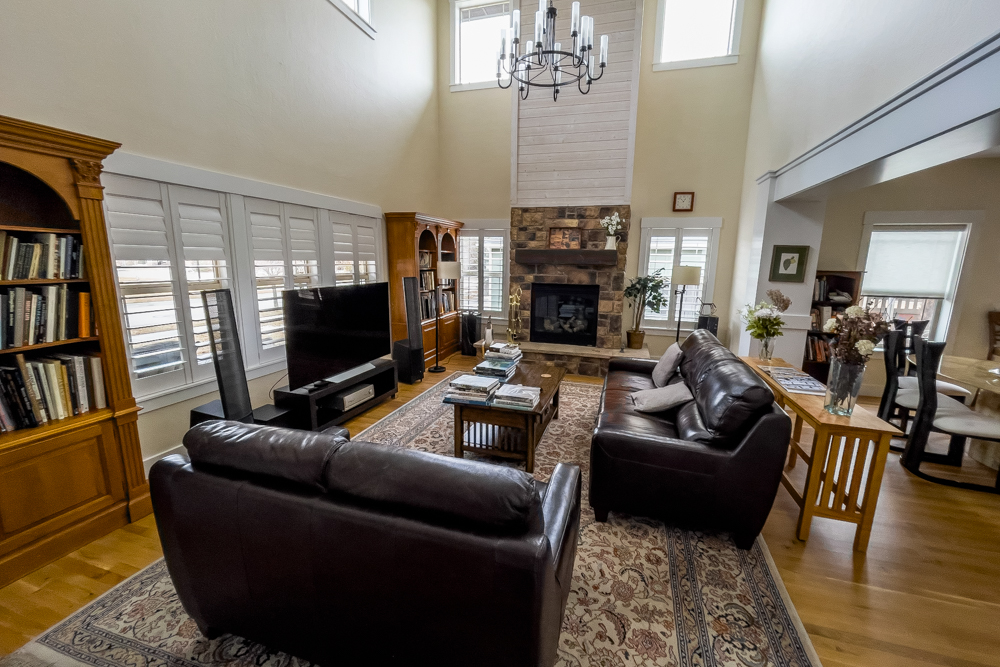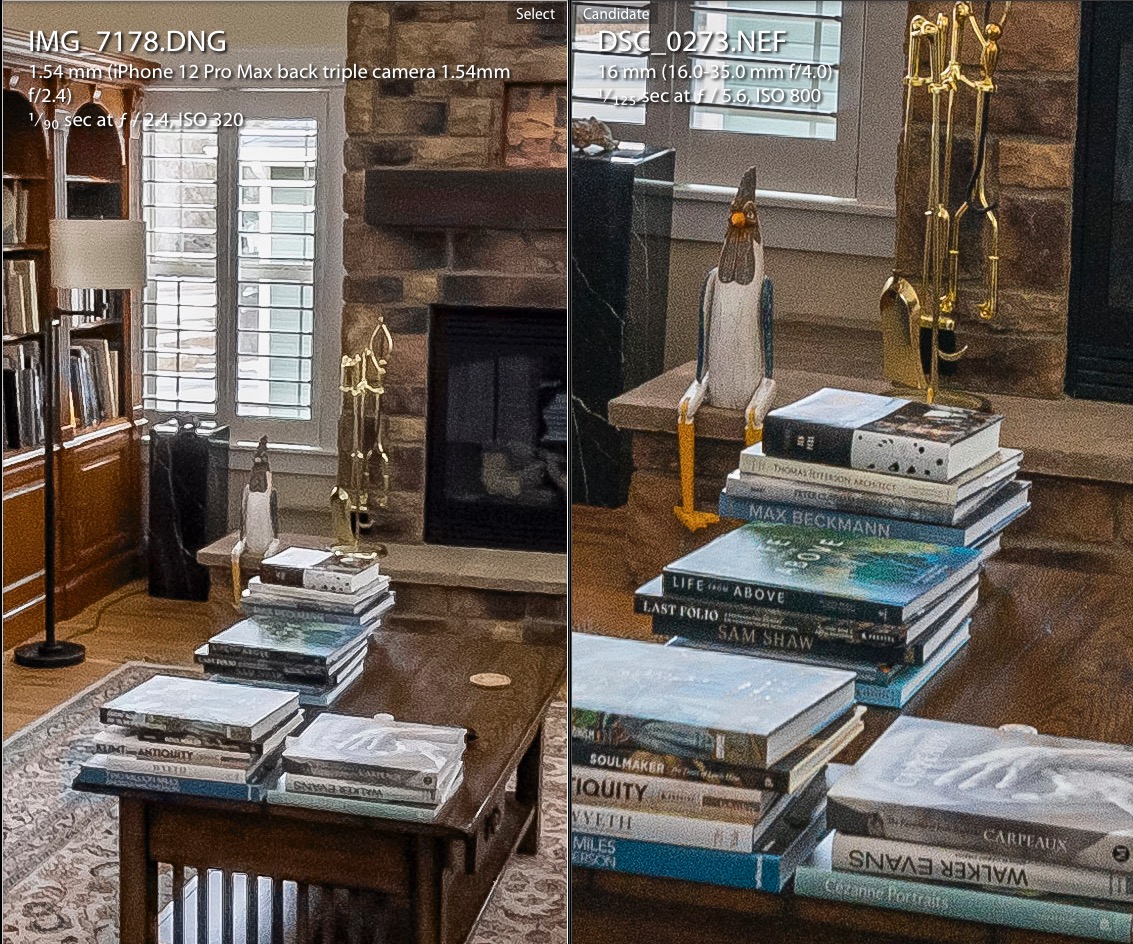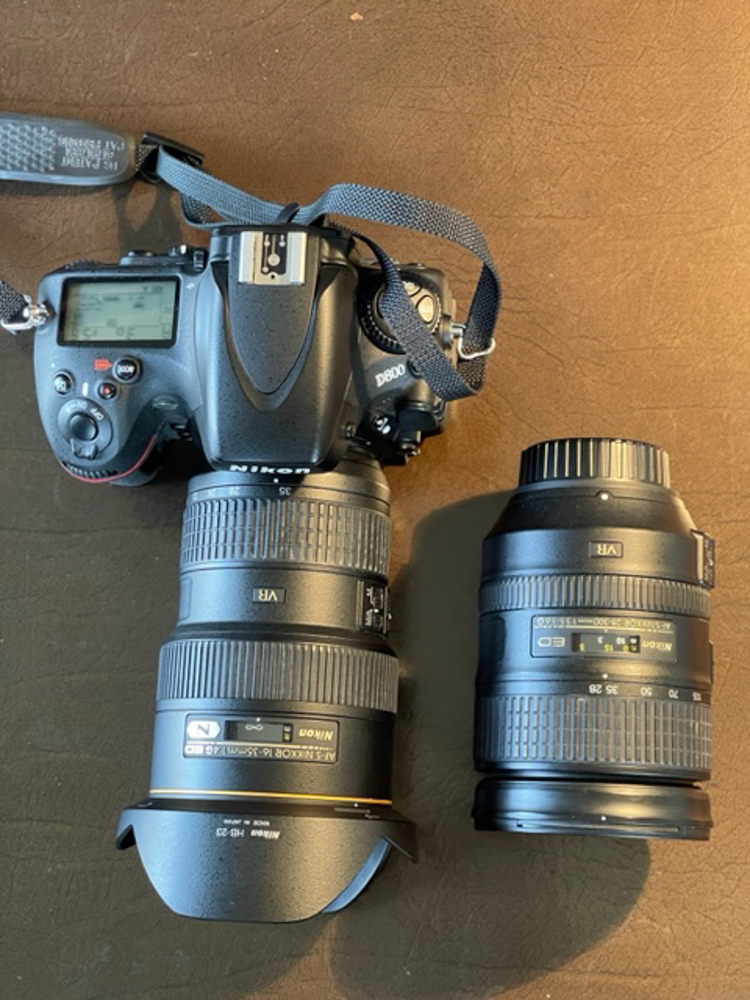All that’s old is new again.
I last wrote about this ultrawide full-frame zoom in 2012. I must have been enjoying a period of more money than sense as I paid the full retail price of $1300 for what was a lens recently introduced by Nikon. At that time I wrote:
It’s bulky, the gargantuan lens hood is needed to shade the exposed front element, it’s set in a yucky resin body and at 24 ounces it’s no featherweight. The maximum aperture of f/4 is relatively modest and you will struggle getting dramatic differential focus effects. Being a ‘G’ optic there is no traditional aperture ring, aperture control being solely possible from the control dial on the body. I prefer a ring on the lens. Finally, at just under $1300 it’s anything but cheap.
The lens was sold after a couple of years’ use when I went all MF. That 16-35mm was in great demand at the time so the high resale price somewhat mollified the pain from the damage to my pocketbook.
When Nikon started transitioning from flapping mirror DSLRs to the mirrorless Z range, they did buyers of the old Nikon F mount optics a great favor. Stated simply, the bottom dropped out of the market on resale value on some of the finest optics known to man. Having recently added mint examples of the D800 and the 28-300mm zoom, I could not resist completing the focal length range with an ultrawide zoom and picked up a near new specimen of the 16-35mm ultrawide zoom for …. $315! Thank you Nikon and thank you Mr. Upgrading Seller. And thanks also for the free Hoya UV “Antistatic” (whaaat?) filter which sells for $70.
All the familiar characteristics of the 16-35mm are there. The awful barrel distortion at 16mm (the built in Lightroom Classic lens correction profile takes care of that with ease), the huge bulk and the slow maximum aperture. You can’t do anything about the bulk but the fact that this was the first ultrawide zoom with Vibration Reduction makes that f/4 maximum aperture more like f/2, and it works well.
But how wide, exactly, is 16mm? In full frame vernacular it’s plenty wide but not as wide as the claimed 12mm of the ultrawide optic in my iPhone 12 Pro Max, one of the best reasons for buying the iPhone. Yes, that device may have third world ergonomics and lacks reach at the long end of the lens range, but the ultrawide is excellent.
I set to checking who is who and what is what with two quick comparisons:

The 16-35mm Nikkor at 16mm**.

The 12mm lens on the iPhone 12 Pro Max.
** With distortion correction using the Adobe profile in Lightroom v6.
The answer is that the iPhone is noticeably wider using the ultrawide lens, if not as wide as you might expect, but what is really interesting is the comparison of resolving power from the miniscule lens in the iPhone with the giant on the D800. Yes, the D800 is better, but barely so. And the lenses in the iPhone will only get better whereas the Nikkor 16-35mm has remained unchanged for over a decade.

Comparing definition at 1:1. iPhone at left.
Still, for a modest investment of under $1,400 I have a top class 36mp sensor body and a lens focal length range of 16-300mm with just two zooms. I’ll leave you to count how many fixed focal length optics those two zooms replace and the fact that I can stretch the 300mm to 1000mm with relative impunity is just icing on the cake. Can’t do that with an iPhone.
Here’s my complete D800 kit:

The 16-35mm and 28-300mm VR Nikkors with the D800 body.